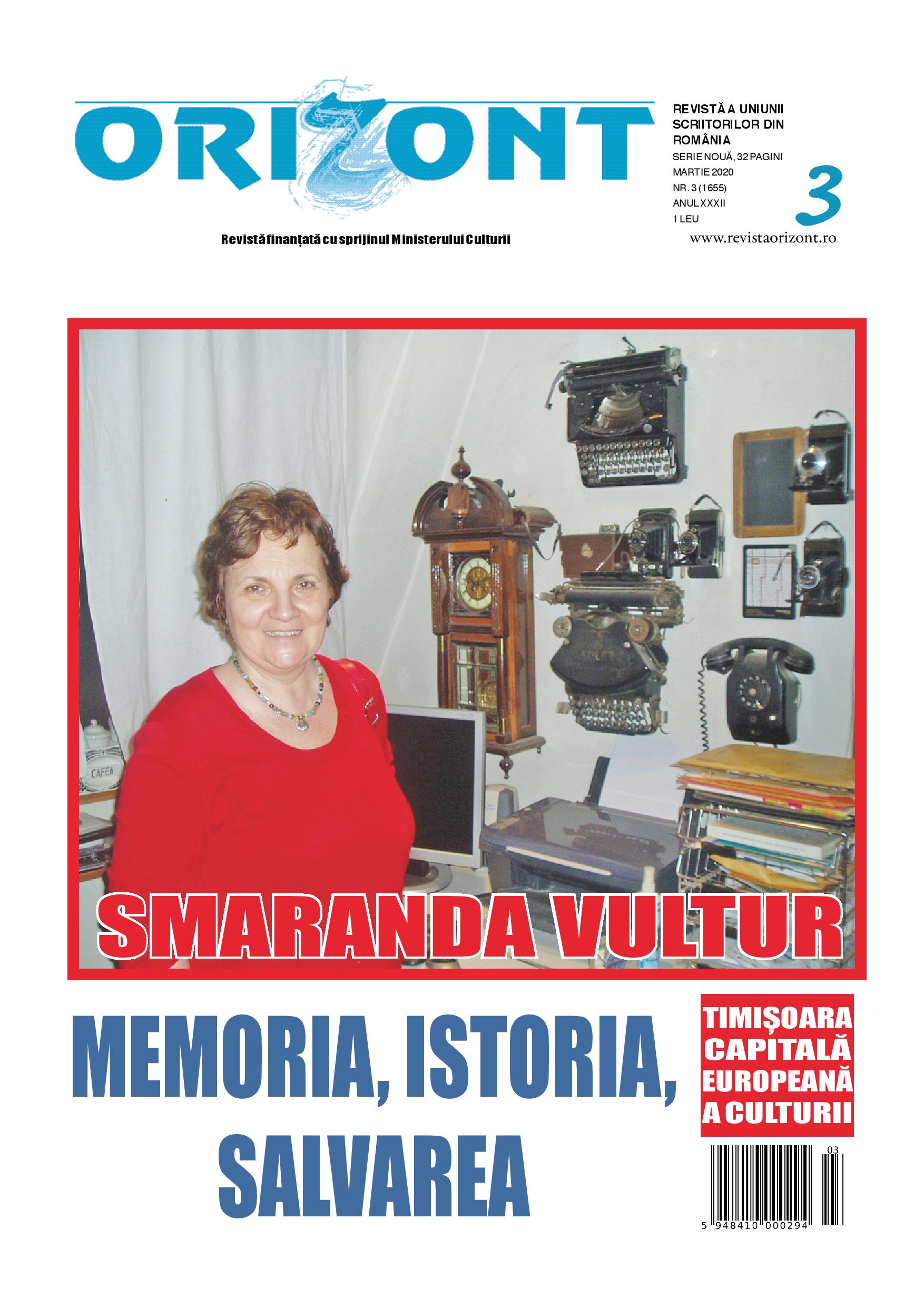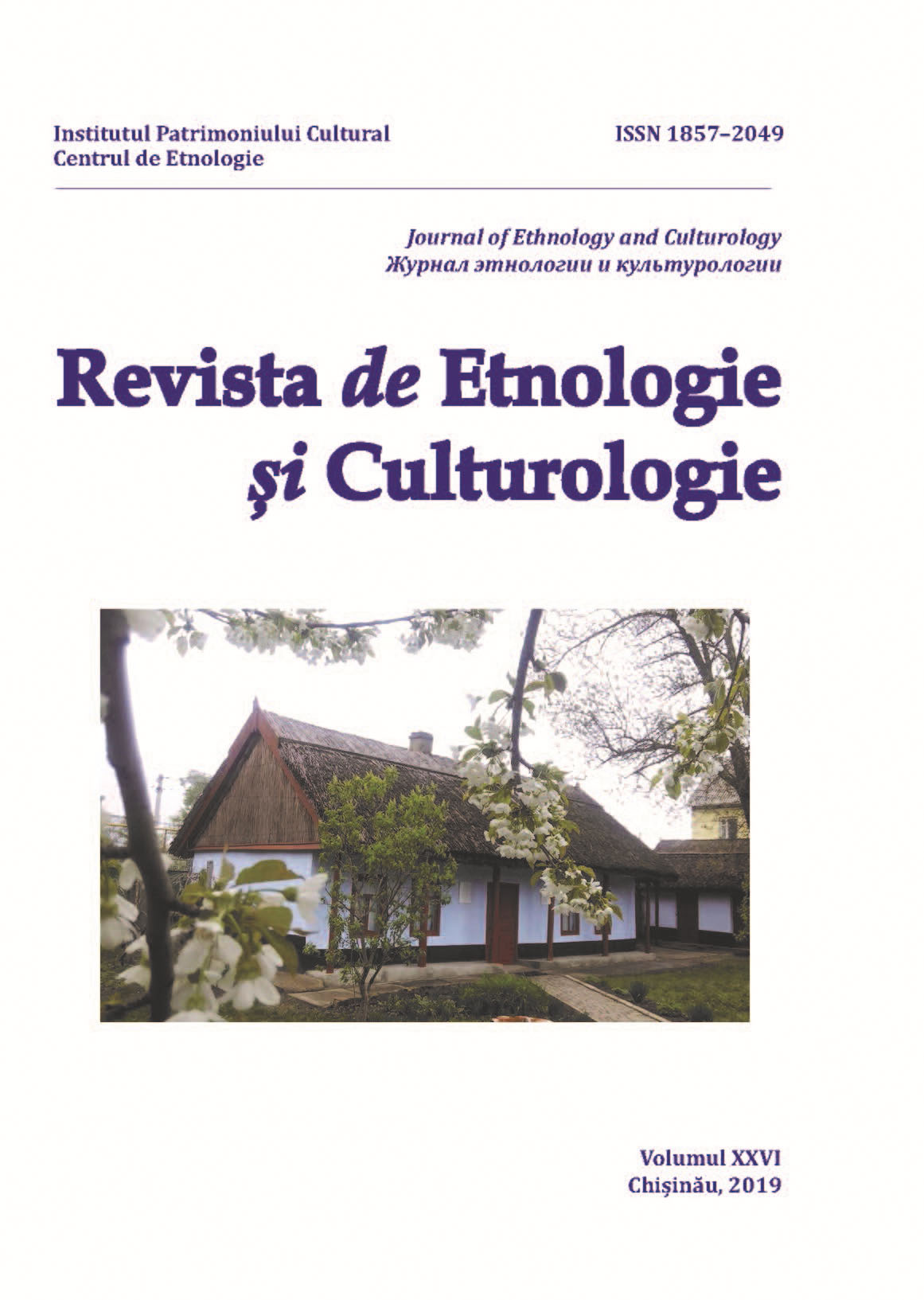
We kindly inform you that, as long as the subject affiliation of our 300.000+ articles is in progress, you might get unsufficient or no results on your third level or second level search. In this case, please broaden your search criteria.





This article presents findings that emerged from a study that asked how adolescents who dropped out of schools perceived their future and whether they had an orientation toward their own future. Although numerous studies on adolescents’ future orientation have been carried out in Israel, none of them focused on dropout youth. The research was conducted within the setting of the Youth Advancement Units, official bodies, part of the ministry of Education that care for youth at risk, aged 14–18 who dropped out of school or are on the verge of doing so. To conduct the study, qualitative research using grounded-theory methodology was chosen. Semi-structured in-depth interviews with sixteen youths at risk who dropped out of school were employed.
More...
In this paper we propose to reconsider the concept of cultural capital, as presented by Bourdieu and as it is understood today, and to present the results of a study on how social identity is being built, a study conducted on the ground in an ethnic, confessional and cultural community in a period of post-communist transition. The research is a quantitative one. The results highlight the current practical value of the cultural capital concept, internalized and manifested differently by the different social groups belonging to the same communities. Equally, cultural capital can be a vector of preserving local identity and the community can rely on it to shape its future.
More...
Parents are usually entering the significant role of parenthood without any designated manual or training, apart from the parental modeling they have experienced in their own childhood home. Yet, the responsibility for raising happy and well-adjusted children lays on the parents' shoulders. The parental task becomes even more demanding during the tension saturated years of adolescence, when parents tend to feel lost, bewildered, and lose the easy-going communication they had with their children, especially in the challenging post-modern era. In order to establish 'good enough' parenting, which is based on a coherent and consistent agenda, parents should be given the opportunity to set out on a journey of familiarity with their own 'self,' their values as individuals, their beliefs, strengths and weaknesses, which is offered by using the Individual Parental Coaching (IPC) model. The uniqueness of the model is by placing the parents at the heart of the coaching process, relating to them as whole and complete persons, rather than as a parent designed to bare, raise, love and serve children. The model was examined with qualitative research in 2016 in Israel, and has developed to other fields since then. The results of the initial research and utterances from other parents that participated in the model in various contexts indicate that they clearly witness a significant improvement of their parental abilities, which lead to a better connection and communication with their adolescent's children.
More...
The primary purpose of the research was to study the image of Russia in the citizens of the Republic of Moldova. The qualitative analysis of the interview showed that the respondents, describing the image of Russia, according to a number of aspects, compared it with the image of Europe. This article describes the content of the image of Europe according to a series of categories highlighted in the empirical material (the interview): personal experience of stay in Europe: labor migration, vacation, NGOs, education; English as an international language, language of modernization; project of life and image of future development in the group of youth; role of the projects and NGOs, sponsored by the EU countries; higher and more homogenous living standard, low level of corruption, effective functioning of institutions; “prestige” of Western culture (westernization, modernization, and mass culture “simplification”); values of individualistic society (income, competition, personal property, interpersonal distance). The images of Russia and Europe are viewed as opposed against each other, and the elements of comparison are presented by the respondents in support of one or another vector. Unlike the more complicated and contradictory image of Russia the image of Europe is a pragmatically positive one, for it is defined by life strategies of Moldova’s citizens.
More...
This study is developed based on documents included in prestigious collections of documents: Documenta Romaniae Historica. A. Moldova; Documents on the history of Romania. A. Moldova; Documents on the history of Moldova in the XVIII century; Moldova in the era of feudalism, etc. Thus, aspects of the origin and the area of spread of secular land ownership in Iasi County were investigated. These properties belonged to the well-known and influential boyar clans: Ciogolea, Chiritsa, Paleolog, Prajescu, Baciok and Buhush. Following the investigations, we state that the property owned by the above-mentioned families was acquired in various ways: by inheritance, in the form of donation, through exchange and purchase/ sale. Most of the land in villages and parts of villages in Iasi belonged to Chiritsa and Paleolog boyar families (about 17) and to Prajescu (about 10). The property of Ciogolea, Chiritsa, Paleolog, Prajescu, Baciok and Buhus clans was spread along both sides of the river Prut, as well as its right and left tributaries.
More...
In the presented article, the author considers the topic of the presence of Bulgarian studies on the pages of the “Journal of Ethnology and Culturology”, a scientific publication of the Center of Ethnology of the Institute of Cultural Heritage. The general statistical analysis shows that in the period 2007–2019 95 articles on Bulgarian studies were published on the pages of this journal. At the end of the article, the author compiled a bibliographic list of these materials. The published articles on Bulgarian studies can be divided into several categories, such as: ethnology, history, culture and the language of Bessarabian Bulgarians. The topics discussed in these scientific works relate to the problems associated with the development of the Bulgarian ethnic community in the tsarist and interwar periods. A very important aspect is the publication of field materials related to the customs of the Bulgarians in the Republic of Moldova. They describe the ritual of birth, traditional clothes and nutrition. Precious material is also represented by folklore, which allows us to analyze the features of the “inner world” and the ethno-psychology of Bessarabian Bulgarians. There are also important articles about various personalities of Bulgarian origin who have made themselves known in the socio-economic and cultural life of Bessarabia and Bulgaria.
More...
In the middle of the XIX century in Russia, an explosion of interest in the peoples inhabiting the RussianEmpire was noted. During this period, a large number ofscientific-historical and ethnographic reviews were published, which described various stories from the life ofthe so-called small nations, including Roma. Among thepeoples of the Russian Empire in the XIX century, Gypsiesliving in Bessarabia were of particular interest. The articleis based on published materials, ethnographic reports andessays of the XIX century about the gypsies of Bessarabia and Romania, whose authors are M. Kogalnichanu,A. Zashchuk, K. Hanatsky. An attempt is made to analyze the descriptions that contain characteristics related toRoma children. Particular attention is paid to the generaland special in these judgments. We consider it appropriate in this context to accompany these characteristics withillustrative material, since we are talking about the XIXcentury, when photography was still in its infancy. Thisrefers to the first etchings of the XVII century, which depicts a camp of gypsies who appeared in Europe in the XVcentury, as well as drawings from XIX century art publications depicting gypsy children.
More...
The article provides an analysis of the fundamental work of Archimandrite Andronic Popovici: “The History of the Holy Monasteries of Neamt and Secu”. The manuscript of his work is stored in the National Archives of the Republic of Moldova. In his work, he dwelt on the problem associated with misunderstandings and conflicts that sometimes arose between the monks of different monasteries, including Neamt and Seku. In covering this issue, Andronic Popovich used a historically critical approach. Popovici also highlights issues related to donations made to the monasteries by the Moldavian rulers.
More...
A special component of Moldovan art and intangible cultural heritage is the folk Theatre. Several scientific researchers from the three countries (Moldova, Romania and Ukraine) are dealing with the analysis of this cultural phenomenon. In the XIX–XX centuries the phenomenon of folk Theatre is mentioned by K. Negruzi, V. Alexandri, T. Burada, G. Botezatu, P. Dulfu, G. Spataru, G. Bostan, N. Bayeshu and others. The complex of traditions and rites of Malanka on the Moldovan-Ukrainian border is represented by modern researchers: А. Kozholyanko, O. Kharchishin from Ukraine, E. Kozhuhari, V. Kozhuhari from Moldova. Winter customs are held at a certain time and in a well-defined place, according to the scenario known to the whole team and by the preparation of musical, choreographic and literary folklore, as well as using magic-symbolic objects, specific clothing. The motives of the folk Theatre originate since pre-Christian times and human faith in the relocation of the human soul to animals. Zoomorphic characters include: goat, horse, bear, stork, arias and fox. The procession with “Capra” is a traditional Romanian dance practiced on the eve of the New Year. For “Malanka”, as well as for the processions in general, a large number of participants is characteristic.
More...
This article analyzes the process of holding and recognizing the election of a rabbi. This study reflects all the components of the decision-making process in great detail, including the actions of each participant in the inauguration ceremony. Using this example, it becomes clear that in the process of drafting legislation regarding the Jewish community in the Russian Empire in the XIX century, state bodies were very meticulous. Legislation provided even the smallest subtleties in all areas of Jewish life, including the choice of a rabbi by the community. The thoroughness with which laws were developed exceeds all expectations. According to some experts on the confessional history of Bessarabia, this should be explained by the need for the imperial authorities to create a common legislative framework on the periphery, so that it would be easier for the center to manage a mass of different faiths on a vast territorial scale, such as the Russian Empire. In our opinion, this policy at the imperial level, even if it had administrative reasons, was by its nature an assimilation of religious and national minorities. Thus, the function of the rabbi has transformed from the exclusive prerogative of the Jewish community at the end of the XIX century into the function used at the state level. From a simple spiritual leader of the Jews, the rabbi became a promoter of imperial law and normativity
More...
The cultural association “ASTRA Basarabia”, created with the participation of the Transylvanian Association for Romanian Literature and Culture of the Romanian People – ASTRA (Sibiu), played an important role in the revival of the national Romanian cultural values of Basarabia through community centers and libraries created in the period 1926–1935. In fact, the foundations of the ASTRA society were laid unofficially in Bessarabia in 1924, when the Romanian army created its first divisions in Akkerman, Bender and Izmail counties. The libraries created by the “ASTRA Basarabia” association were constantly supplemented with Romanian literature, which was donated by the School House, the Public Education structure, the Sibiu ASTRA association, private individuals, ministries, publishers, cultural associations, and also collected or acquired at their own expense. Cultural centers organized “courses for the illiterate”, conferences, educational and patriotic performances, etc. In general, the regional association organized a wide range of cultural events that brought together representatives of the intelligentsia, peasants, workers, as well as the youth of the province. Such personalities as Onisifor Gibu, Ioan Pelivan and Leon T. Boga played a major role in the extensive and fruitful work of this association in 1924–1935.
More...



